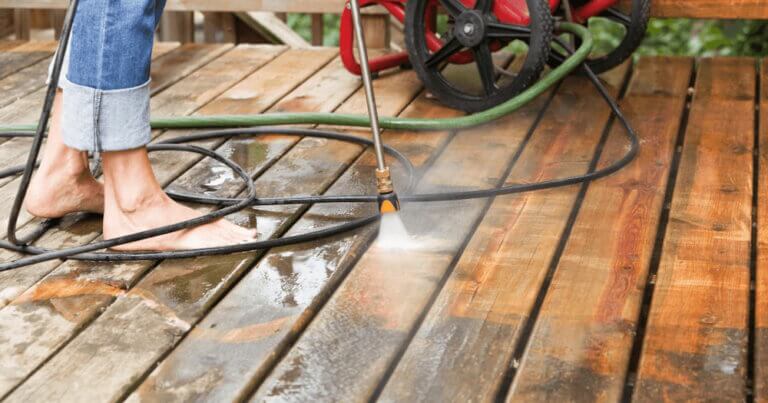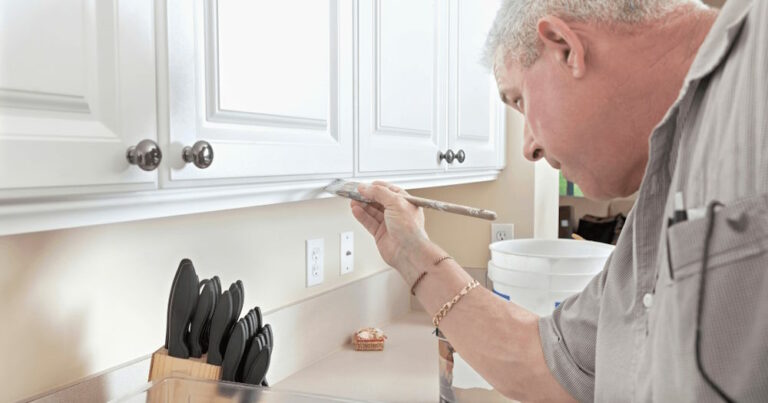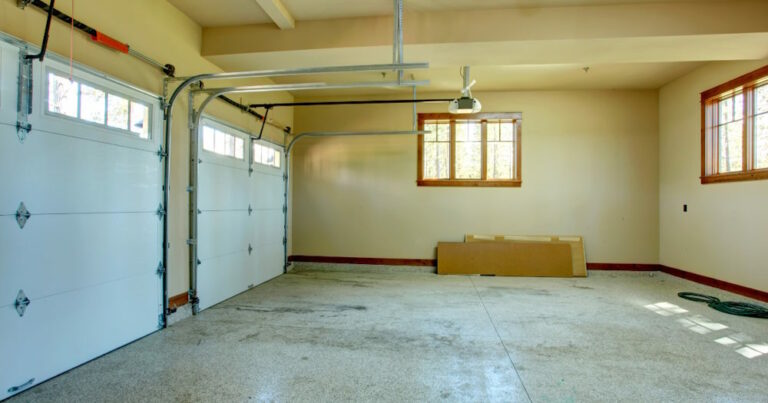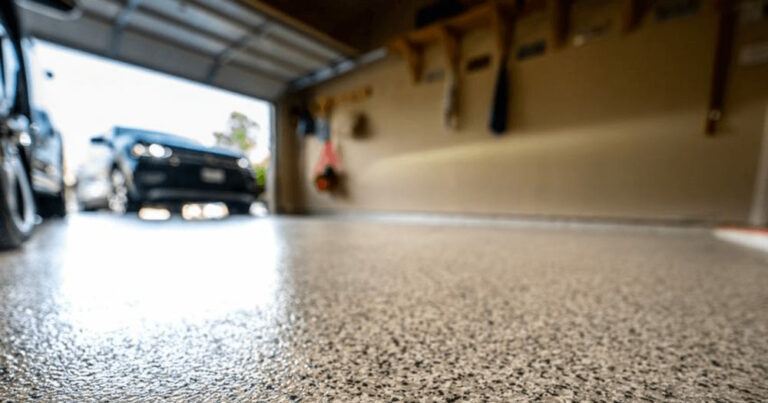Stucco cracks can be a common headache for homeowners. If you’re dealing with unsightly cracks in your stucco walls, don’t worry – we’ve got you covered. In this article, we’ll provide you with valuable tips and techniques to effectively repair stucco cracks and restore the beauty of your home.
Whether you’re facing small hairline cracks or larger damage in exterior stucco, we’ll guide you through the process of fixing them. We’ll also discuss how to prevent further deterioration of repaired areas and ensure a seamless match of texture and color for a flawless finish.
By following these expert tips, you can repair stucco cracks and maintain the integrity and appearance of your walls. Get ready to say goodbye to those bothersome cracks and hello to a stunning stucco finish!
Understanding the Rigid Nature of Stucco and the Inevitability of Cracks

Stucco is a popular choice for exterior walls due to its durability and aesthetic appeal. However, stucco is a rigid material that is prone to cracking. Understanding the reasons behind the rigid nature of stucco and why cracks are inevitable can help you better address and repair stucco cracks in your home.
Stucco is made up of a mixture of cement, sand, water, and additives. When the stucco is applied to a surface, it dries and hardens, forming a rigid and solid layer. This rigidity makes stucco susceptible to cracking as it cannot easily flex or bend with the natural movement of the underlying structure.
Additionally, environmental factors such as temperature fluctuations, moisture, and settling of the building can further contribute to the development of stucco cracks. When the materials expand and contract due to changes in temperature, or when the building settles over time, the rigid stucco may crack as it is unable to accommodate these movements.
It is important to note that while the occurrence of stucco cracks may be inevitable, their severity and frequency can be minimized by following proper installation and maintenance practices. Adequate preparation of the substrate, use of appropriate reinforcement, and regular inspections can help identify and address potential issues before they escalate into larger cracks.
In the next sections of this article, we will provide you with tips and techniques to effectively repair stucco cracks and restore the integrity and appearance of your stucco walls.
Preparation Steps for Repairing Cracks in Stucco
Before you begin repairing stucco cracks, it is crucial to prepare properly. Follow these essential preparation steps to ensure a successful and safe repair process:
- Assess the extent of stucco damage: Carefully examine the cracks to determine the severity and extent of the damage. This will help you determine the appropriate repair method.
- Gather the right tools and materials: Make sure you have all the necessary tools and materials for stucco repair. This may include a trowel, wire brush, stucco mix, water, and a caulking gun for applying the repair material.
- Ensure safety during stucco repairs: It is essential to prioritize safety during the repair process. Wear protective glasses and gloves to shield yourself from any potential hazards. Additionally, consider using a dust mask to avoid inhaling any particles.
By following these preparation steps, you will be well-equipped to tackle the repair process effectively and safely. Proper preparation is key to achieving a successful stucco crack repair and restoring the integrity of your stucco walls.
Repairing Larger Cracks and Damage in Exterior Stucco

In this section, we will focus on repairing larger cracks and damage in exterior stucco. When dealing with larger cracks, it is important to employ effective techniques to ensure a strong and lasting repair. Widening the cracks and applying a polyurethane concrete crack sealant can help create a more stable foundation for the repair. Additionally, utilizing a multi-layer technique will allow for a smoother finish that seamlessly blends with the surrounding stucco. By following these repair methods, you can effectively address and fix larger cracks or damage in your exterior stucco walls, restoring their integrity and appearance.
Preventing Further Deterioration of Repaired Stucco Areas
Once you have repaired the stucco cracks, it’s important to take steps to prevent further deterioration of the repaired areas. This will help ensure that your stucco walls remain in good condition for years to come. There are two key considerations in this regard: adhesion and paint sheen selection.
Ensuring Better Adhesion
One of the ways to enhance the durability of your repaired stucco areas is to use a citrus-based cleaner before applying any new coatings or finishes. Citrus-based cleaners help remove any dirt, debris, or contaminants that could compromise adhesion. Before using the cleaner, make sure to thoroughly clean the surface and allow it to dry completely. By doing so, you create a clean and smooth surface for better adhesion of subsequent materials.
Selecting the Right Paint Sheen
Choosing the appropriate paint sheen is crucial for maintaining the longevity and appearance of your repaired stucco areas. Different paint sheens offer varying levels of glossiness and durability. As a general guideline, consider the location of the repaired stucco areas and their level of exposure to elements such as sunlight and weather conditions.
For areas that are more prone to wear and tear, such as high-traffic zones or exteriors exposed to harsh weather, opt for a higher sheen paint finish, such as semi-gloss or satin. These finishes are more resistant to moisture, stains, and fading, providing extra protection to the repaired stucco surface.
On the other hand, if the repaired stucco areas are located in low-traffic zones or interiors, you have more flexibility in selecting the sheen based on personal preference. Flat or matte finishes can provide a smooth and elegant appearance while still offering adequate protection.
In conclusion, to prevent further deterioration of repaired stucco areas, prioritize adhesion by using a citrus-based cleaner and selecting the right paint sheen based on location and level of exposure. By following these preventive measures, you can ensure that your repaired stucco walls remain strong and visually appealing for years to come.
Matching Texture and Color: The Final Step to Conceal Repairs
Once you have repaired the stucco cracks, you will need to ensure that the texture and color of the repaired areas match the existing stucco. This step is crucial for achieving a seamless finish and concealing the repairs.
There are different techniques you can employ to maintain consistency with the existing stucco texture. One option is fog coating, which involves applying a thin layer of colored cement mixture over the entire surface to create a uniform texture. Fog coating is particularly effective for blending repairs on larger areas.
Another option is painting. By choosing a paint that closely matches the color of your stucco, you can effectively disguise the repairs. Make sure to select a paint that is specifically formulated for exterior stucco surfaces to ensure durability and longevity.
Whichever method you choose, it’s important to carefully follow the manufacturer’s instructions and take into account factors such as drying time, weather conditions, and application techniques for optimal results.
By following these steps and employing the appropriate techniques for matching texture and color, you can effectively conceal the stucco repairs and achieve a seamless finish that seamlessly blends with the surrounding areas.
| Matching Texture and Color Techniques | Benefits |
| Fog Coating | – Creates a uniform texture |
| – Blends repairs on larger areas | |
| – Provides a seamless finish | |
| Painting | – Disguises repairs |
| – Matches color of existing stucco | |
| – Adds a protective layer |
Conclusion
Throughout this article, we have explored essential tips for fixing stucco cracks and discussed the importance of choosing the right repair method for maintaining your home’s integrity.
Canyon Painting can help repair and maintain your home’s stucco. Give us a call at +928-202-8272 today!
FAQ
How can I repair stucco cracks?
To repair stucco cracks, start by assessing the extent of the damage. Gather the necessary tools and materials, such as a wire brush, caulking gun, and polyurethane concrete crack sealant. Use the wire brush to clean the crack and remove any loose material. Apply the sealant using the caulking gun, making sure to fill the crack completely. Smooth the surface with a trowel and allow it to dry before applying a coat of paint to match the existing stucco.
Why does stucco develop cracks?
Stucco is a rigid material, and cracks are inevitable due to its nature. Factors such as settling, impact damage, or the natural expansion and contraction of the building can lead to cracks in stucco.
How do I prepare for stucco crack repairs?
Before repairing stucco cracks, it’s important to assess the extent of the damage and gather the necessary tools and materials. Ensure safety by wearing gloves and safety glasses. Clean the crack with a wire brush and remove any debris or loose material.
Can I repair larger cracks and damage in exterior stucco?
Yes, you can repair larger cracks and damage in exterior stucco. One method is to widen the cracks and apply a polyurethane concrete crack sealant. Another technique is the multi-layer method, where you apply multiple layers of repair material for a smooth finish.
How can I prevent further deterioration of repaired stucco areas?
To prevent further deterioration of repaired stucco areas, consider using a citrus-based cleaner before applying the repair material for better adhesion. Additionally, selecting the right paint sheen can help protect the repaired areas from the elements and ensure long-lasting results.
How can I match the texture and color of the repaired stucco areas?
To match the texture and color of the repaired stucco areas, you can use techniques such as fog coating or painting. Fog coating involves applying a thin layer of mixed stucco material using a sprayer, while painting involves using a paint color that matches the existing stucco. Both methods can help achieve a seamless finish.
Can I use stucco crack repair videos as a learning tool?
Yes, using stucco crack repair videos can be a helpful way to learn the repair process. Videos provide visual guidance and step-by-step instructions, allowing you to see the techniques in action. It’s important to find reliable and informative videos that align with your specific repair needs.





